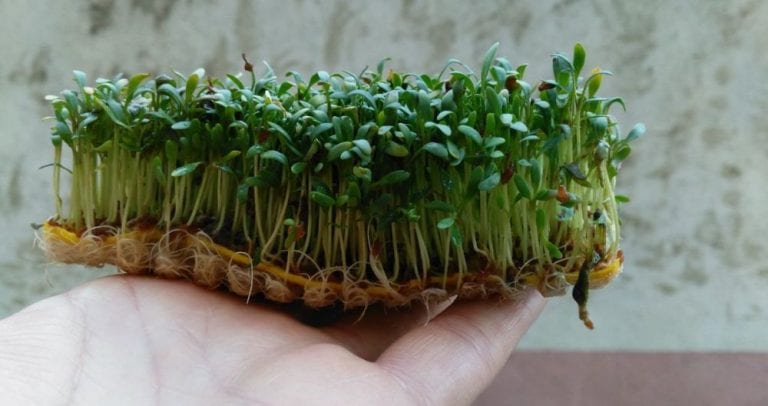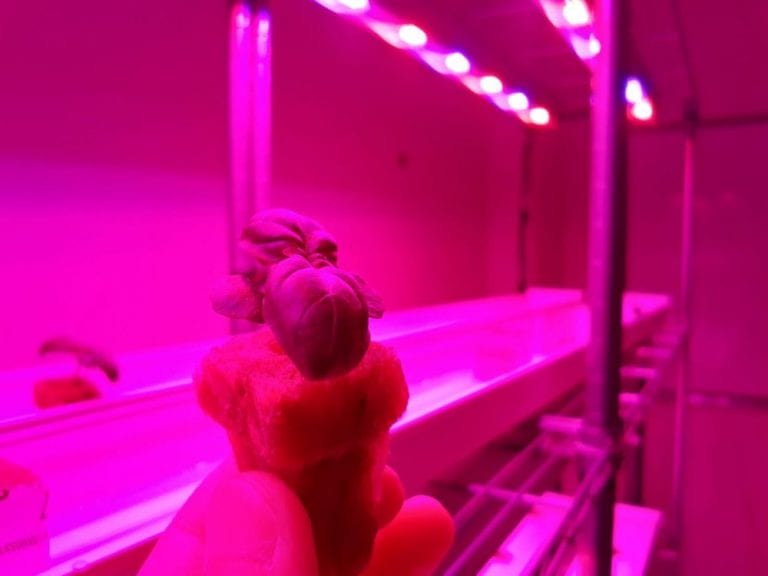LED Grow Lights technology has started to replace the traditional lighting lamps such as HID, HM, Fluorescent in the horticulture sector. The reason for this is the fact that we can get more light output per Watt and to control the different growth stages of the plants by controlling the spectrum combination. LED Grow Lights are used in some horticulture applications such as Vertical Farming, Greenhouse Lighting, Plant Speed Breeding, Microgreen Growing, Algae Research and Production, Tissue Culture, Plant Grafting, Seedling Production, Phytopathology, Arabidopsis Practices, and Other Scientific Studies.
-
Why LED Grow Lights?
LED Grow Lights provide 70% energy saving more than traditional tech. The most important reason for this is that the spectrum of the LED grow lights can be filtered to provide high-quality lighting to plants because plants do not absorb all spectrums of the light perceived by the human eye. Therefore, unnecessary spectrum ranges in HPS, MH or fluorescent lamps can be filtered by this tech. At the same time, the filtered special spectrum values can be given to the plant at different rates according to the development stages of the plants. This is another case that is ensured to be efficiency.

In addition, LED technology produces less heat than other traditional lamps. The majority of the energy used in traditional lamps is transformed into heat. This ratio is lower with LED technology. Since LED systems can adapt to dimming technology and have a long lifespan, it provides more advantage to the customer during the plant production process in vertical farming, greenhouse, and all other applications.
-
Vertical Farming Technology
Vertical Farming is one of the most popular methods to grow special plants in the small growing area without external effects. Artificial LED lighting is one of the most important factors for high crop yield in vertical farming technology. The indoor farming method provides more facility to grow different plants in a controlled environment such as lettuce, spinach, cress, parsley, arugula, herbs, microgreen species and more…

Vertical farming technology is a special plant production method that is becoming widespread. It is the name given to the cultivation of plants in stable environments away from external factors in special closed areas. In this type of farming, there are considerable savings in the needed space, because many more areas can be made available by using layered systems in the unit area. In this technique, temperature, humidity, solution, pH, EC, and light can be easily controlled, and high-yielding healthy plant production is possible. In addition, bacterial, fungal and viral diseases are generally not present in these sterile environments, so chemical disinfection is not needed which positively affects the health of people. Some other names of vertical farming techniques that are used include Plant Factory, Urban Farming, City Farming.
Better quality plant production with suitable methods in Vertical farming technology is a topic that needs further study by vertical farming companies to protect the future of people and the world.
